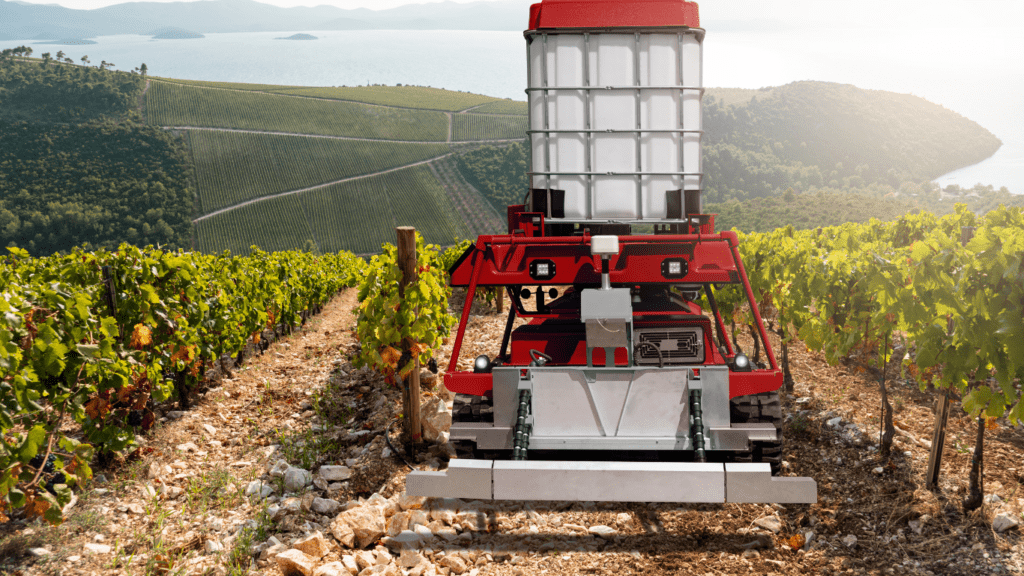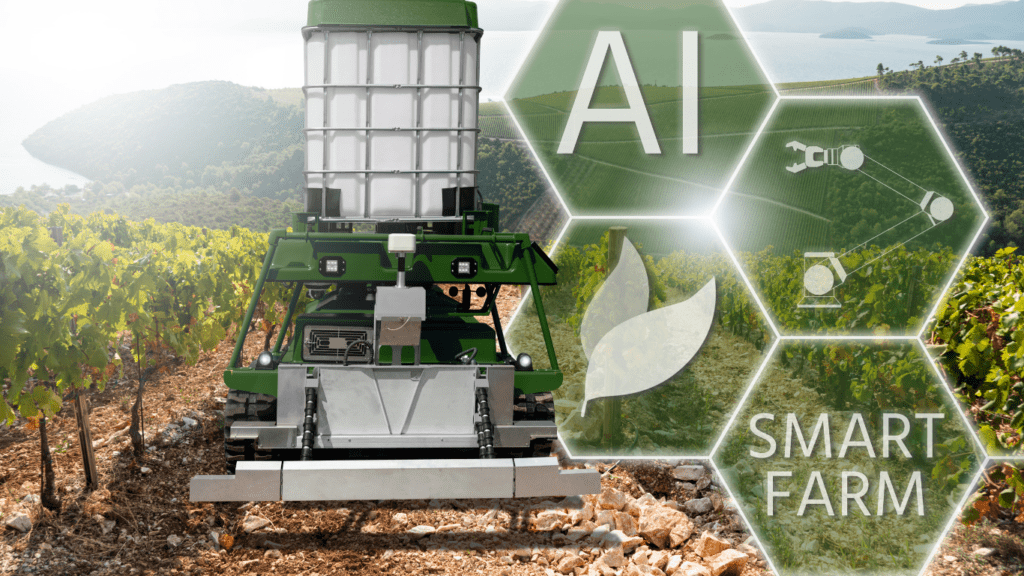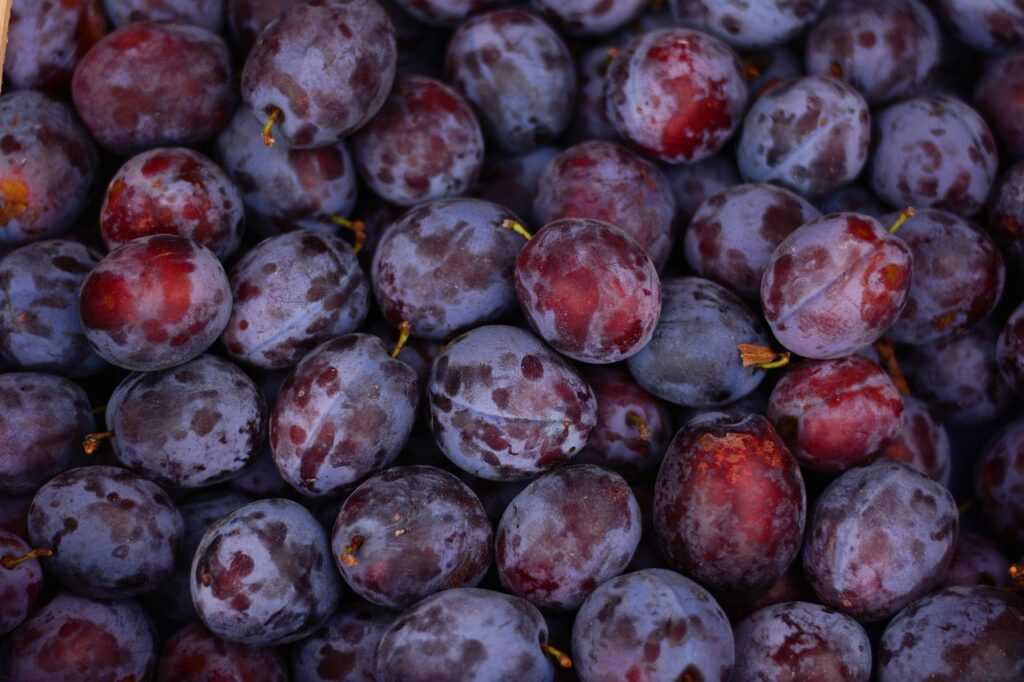Understanding Big Data in Agriculture
Big data refers to vast volumes of data that exceed the capacity of traditional data-processing applications. In agriculture, this data comes from various sources like:
- satellite imagery
- sensors
- weather data
- market trends
Each data point provides valuable insights when analyzed.
Key Components of Big Data
- Data Sources: Satellite images, sensors, weather stations, and market stats.
- Data Processing: Cleaning and organizing raw data for analysis.
- Data Analysis: Using algorithms and models to interpret data.
- Data Application: Applying insights to improve farming practices.
Benefits of Using Big Data
Farmers improve productivity and sustainability by leveraging big data. Precision farming, which involves using detailed data to guide decisions, optimizes crop planting, watering, and harvesting.
Crop yield predictions enhance planning, helping farmers maximize output and minimize losses. Integrated pest management, driven by big data, allows farmers to monitor field conditions and respond proactively.
- Precision Farming: Adjusting seeding, watering, and pest control based on data insights.
- Yield Prediction: Estimating future crop outputs for better resource allocation.
- Pest Management: Using real-time data to monitor and manage pest populations.
- Resource Conservation: Reducing water and fertilizer use by analyzing soil and weather data.
Farmers increasingly rely on data-driven decisions. These decisions are precise, timely, and based on comprehensive analysis. Big data transforms traditional farming into a modern, efficient enterprise.
Applications of Big Data in Modern Agriculture

Big data transforms agriculture by providing actionable insights that optimize various farming activities. From precision farming to livestock management, the applications are vast.
Precision Farming
Precision farming relies on data to enhance farm management. Technologies like GPS, drones, and satellite imagery help gather critical data. Farmers use this data for site-specific crop management, adjusting variables like seed planting density, fertilizer application, and irrigation based on real-time information. This leads to higher yields and reduced waste.
Crop Monitoring and Management
Crop monitoring leverages big data from sensors and weather forecasts. Dedicated software analyzes the data, identifying issues like disease outbreaks or nutrient deficiencies.
Farmers adjust their strategies, such as altering irrigation schedules or applying targeted treatments, ensuring optimal crop health and minimizing losses.
Livestock Management
Livestock management benefits from data on animal behavior, health, and productivity. Wearable sensors track vital signs, movement, and feeding patterns.
Farmers use these insights to monitor animal health, optimize feed efficiency, and improve breeding programs. This fosters healthier livestock and better production rates.
Supply Chain Optimization
Supply chain optimization uses data to streamline processes from farm to market. Real-time data on crop maturity, market demand, and transportation logistics enables informed decision-making.
Farmers can reduce costs, minimize spoilage, and ensure timely delivery of produce, enhancing overall efficiency and profitability.
Big data’s role in modern agriculture continues to grow, offering unprecedented opportunities for efficiency and sustainability.
Benefits of Big Data in Agriculture
Big data offers immense advantages to modern agriculture, driving efficiency, reducing costs, and enhancing decision-making processes.
Increased Efficiency
Big data enhances farming efficiency by providing precise information on crop needs. Tools like GPS-guided machinery and drone monitoring ensure accurate planting and harvesting. Sensors placed in soil help analyze nutrient levels, moisture content, and temperature. This real-time information aids farmers in making timely interventions, optimizing resources like water and fertilizers.
Cost Reduction
Big data drives significant cost savings in agriculture through predictive analytics. Farmers can project crop yields and identify potential pest infestations early.
This foresight helps avoid large-scale crop losses, reducing waste and unnecessary expenses. Automated machinery tracks field conditions, minimizing labor costs. Furthermore, optimized input use, informed by data insights, cuts down on excess usage of water, seeds, and fertilizers.
Enhanced Decision Making
Big data supports better agricultural decision-making by integrating varied data sources. Farmers receive actionable insights from weather forecasts, historical yield data, and market trends. These insights help in planning planting schedules, selecting crop varieties, and determining market strategies.
Additionally, big data facilitates precision farming, allowing farmers to tailor interventions to specific field sections, enhancing overall productivity and sustainability.
Challenges and Limitations
Despite the numerous benefits of big data in agriculture, several challenges and limitations arise.
Data Privacy Concerns
Data privacy concerns are paramount in the digital age. Farmers worry about who controls and accesses their data. For instance, data shared with third parties can lead to misuse or unauthorized access. This raises questions about confidentiality and trust. To address these concerns, clear data governance policies are necessary.
High Implementation Costs
High implementation costs deter smaller farms from adopting big data solutions. Equipment like sensors and drones, along with specialized software, require significant investment. For example, GPS-guided machinery can cost several thousands of dollars. Without proper funding, these costs create barriers to entry for small and medium-sized farms.
Skills Gap
The skills gap poses a significant hurdle. Many farmers lack the technical knowledge to utilize big data tools effectively. For instance, interpreting complex data analytics requires specialized training. Educational programs and partnerships with tech companies can help bridge this gap, ensuring farmers leverage big data’s full potential.
Future Prospects
Big data’s role in agriculture is poised to expand. Future developments promise even greater efficiency and sustainability.
Technological Advancements
Advances in AI and machine learning enhance big data analytics. AI-driven algorithms predict crop diseases and optimize irrigation schedules. Drones equipped with multispectral and hyperspectral sensors provide detailed field data. Autonomous machinery, powered by advanced data analytics, performs precise planting and harvesting. Blockchain technology ensures data transparency and security.
Policy and Regulation
Effective regulation supports data-driven agriculture. Governments implement policies to address data privacy concerns, ensuring farm data confidentiality. Subsidies and financial incentives aid smaller farms in adopting big data technologies. Standardized data-sharing protocols encourage cooperation among stakeholders. Regulations evolve to address emerging ethical and environmental concerns.
Education and Training
Training programs enable farmers to utilize big data tools. Universities offer specialized courses in agricultural data science. Extension services provide hands-on training and support. Collaborations between tech companies and agricultural institutions develop practical solutions. Continuous education ensures farmers stay updated with new technologies.



